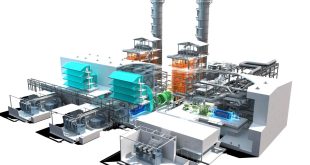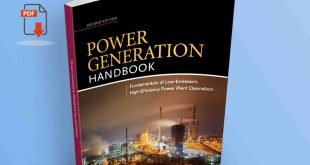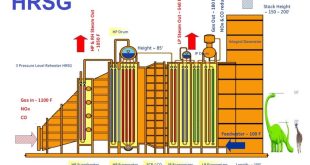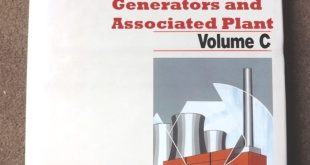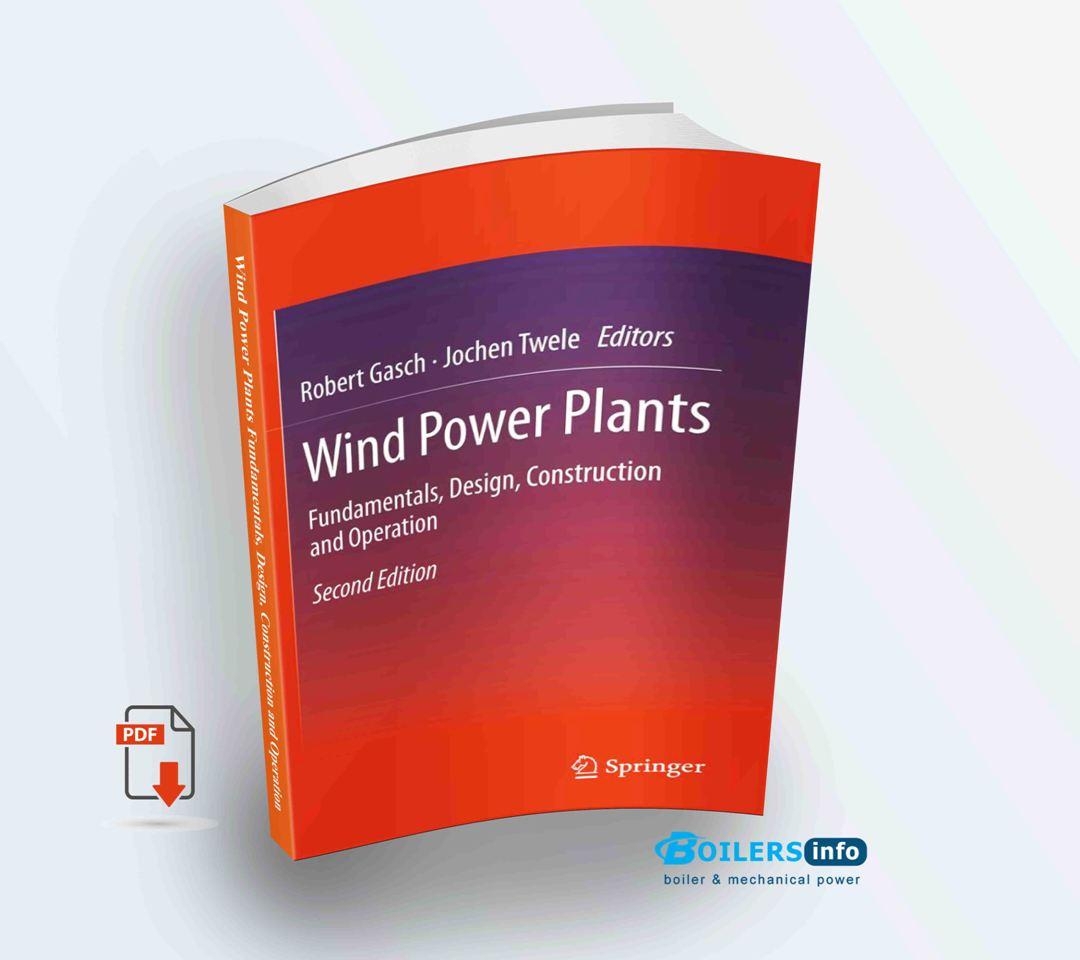
Wind Power Plants: Fundamentals, Design, Construction, and Operation
Wind power has emerged as a leading source of renewable energy, offering a clean and sustainable alternative to fossil fuels. Wind power plants, commonly referred to as wind farms, harness the kinetic energy of the wind and convert it into electricity through advanced turbine systems. This article explores the fundamental principles, historical background, key design components, construction practices, and operational aspects of wind power plants.
Introduction
Wind energy is an ancient power source, yet its modern implementation in utility-scale power generation is a result of recent technological advancements. As countries transition toward low-carbon energy systems, wind power plays a central role due to its scalability, cost-effectiveness, and environmental benefits.
Historical Development of Windmills
The earliest recorded use of windmills dates back over a thousand years, primarily for grinding grain and pumping water. Horizontal-axis windmills became common in Europe during the Middle Ages. The late 19th and early 20th centuries saw the first experiments in wind electricity generation, with modern large-scale wind turbines emerging in the 1970s after the oil crisis highlighted the need for alternative energy sources.
Design and Components of Wind Power Plants
A typical wind power plant includes:
- Wind Turbines: The primary energy conversion units, consisting of blades, a rotor, a nacelle (containing the gearbox and generator), and a tower.
- Transformer Station: Steps up the voltage for grid integration.
- Control Systems: Monitor performance and ensure safe operation.
- Cabling and Grid Interface: Links turbines and transmits power to the grid.
- Foundations and Access Roads: Support and maintain infrastructure stability.
Understanding the Wind
Wind is caused by atmospheric pressure differences due to solar heating. Key wind characteristics affecting turbine performance include:
- Wind speed – A cubic relation with power output (doubling wind speed increases power by eight times).
- Wind direction – Influences yaw mechanism design.
- Turbulence – Affects structural loads and fatigue.
Meteorological studies are essential during site selection to assess wind profiles and long-term energy yield.
Blade Geometry and Aerodynamics
The blades are critical for capturing wind energy efficiently. Their design is based on airfoil principles:
- Lift and drag determine energy capture efficiency.
- Twist and taper along the blade length optimize performance across different wind speeds.
- Material selection (e.g., fiberglass, carbon fiber) balances strength and weight.
Performance Calculation and Efficiency
Wind turbine performance is evaluated through:
- Power coefficient (Cp) – Indicates the efficiency of converting wind energy to mechanical energy.
- Betz Limit – Theoretical maximum Cp is 59.3%.
- Cut-in and cut-out speeds – Minimum and maximum wind speeds for turbine operation.
These calculations guide turbine selection and placement.
Scaling Wind Turbines and Similarity Rules
As turbine sizes grow to capture more energy, scaling laws become essential:
- Geometric similarity – Maintaining shape while increasing size.
- Dynamic similarity – Ensuring that forces and responses remain proportional.
- Reynolds number – Governs airflow behavior around blades, especially during scaling.
Scaling must consider structural integrity, logistics, and economic feasibility.
Structural Dynamics
Wind turbines experience variable loads due to wind gusts, direction changes, and rotor motion. Dynamic analysis addresses:
- Natural frequencies – Avoid resonance with blade and tower vibrations.
- Fatigue loads – Caused by cyclical wind conditions and blade rotation.
- Control strategies – Such as pitch control and active damping to reduce stress.
Construction and Project Management
The construction of wind power plants involves several stages:
- Site preparation – Includes road building and foundation installation.
- Turbine erection – Towers are assembled, nacelles mounted, and blades installed via cranes.
- Electrical integration – Grid connections and substations.
- Commissioning – Final testing and safety checks before operation.
Strong project management is vital to ensure schedule adherence, cost control, and safety compliance.
Analysis Procedures and Guidelines
To ensure operational efficiency and structural reliability, analysis procedures include:
- Load simulations – Using software like FAST or ANSYS.
- Design standards – Such as IEC 61400 for wind turbine safety and performance.
- Environmental impact studies – Covering noise, wildlife impact, and land use.
Windpump Systems
Before electricity generation, wind was widely used for mechanical pumping of water, especially in agricultural settings. Windpump systems consist of:
- Small turbines directly connected to piston or rotary pumps.
- Simple mechanical linkages and high reliability.
- Valuable for remote, off-grid locations.
Electricity Generation and Grid Integration
Modern wind turbines generate AC electricity using synchronous or asynchronous generators. Key aspects include:
- Power electronics – For voltage and frequency regulation.
- Smart grid integration – Allows balancing of intermittent wind energy.
- Energy storage – Complements wind for reliability (e.g., batteries, pumped hydro).
Wind farms now range from small clusters to hundreds of megawatts, feeding power into national grids.
 Boilersinfo Boiler and Mechanical Power Digital Library
Boilersinfo Boiler and Mechanical Power Digital Library
